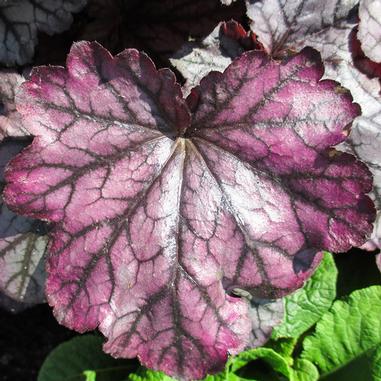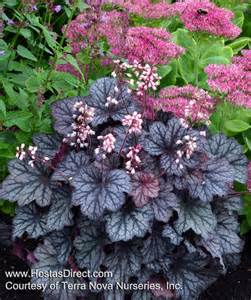As the snow began to fall, silent and serene, a hush fell over the land. A tranquil stillness pervaded, and the earth lulled in the embrace of her brilliant white cloak. Enchanting man and beast alike.
The first snowfall is always magical, for most, particularly in December, when it seems most festive and befitting. Subsequent snowfalls can become lackluster and bothersome when January rolls around, but snow is more than just a four letter word. It is truly an amazing thing.
There are different kinds of snow, due in large part to temperature and moisture. Subzero temperatures produce light, dry snow. Not the stuff you want to make a snow man with, but it’s sure easier to shovel than the good ole, moisture-rich, packing snow. With that in mind, let’s take a look at some little known facts about the white, er, colorless stuff:
- Snow is not white. It’s actually colorless. Clear The National Snow and Ice Data Center says “The complex structure of snow crystals results in countless tiny surfaces from which visible light is efficiently reflected. What little sunlight is absorbed by snow is absorbed uniformly over the wavelengths of visible light thus giving snow its white appearance.”
Makes perfect sense. - On average, the US sees 105 snow producing storms per year. This actually sounded low to me, but many storms are large and affect many states as they pass through the country.
- Although all snowflakes are different and unique, they do share one characteristic. They all have 6 sides, also known as dendrites.
- The average snowflake falls at a rate of 3.1 miles per hour. Seems rather fast for something that is seemingly weightless.
- The world’s largest snowflake, recorded on January 28, 1887 in Fort Keogh, MT, was 15″ wide and 8″ thick. It knocked out a horse (kidding).
- An inch of rain, on average, can equate to 10″ of snow.
- Did you know there’s a Snow College? The school resides in Utah and was founded in 1888 by the Church of Jesus Christ of Latter-Day Saints. Despite its name, the college does not focus on all things snow.
- Making a paper snowflake can be as complicated as nature producing a real one. I have real life experience to back up my claim, and trust me, they look nothing like the ones pictured here.
Snow, love it or lump it, is truly one of nature’s finest masterpieces.
Plant of the Week
Blackberry Ice Coral Bells
Iridescent, purple foliage develops a silvery overlay as the plant matures. Creamy white flowers bloom June – July atop reddish-purple stems. Prefers shade to partial sun and moist, well-drained soil. Grows in a mounding form 8-12″ tall and 18-24″ wide. Attracts butterflies and hummingbirds and is salt tolerant.
“I wonder if the snow loves the trees and fields, that it kisses them so gently? And then it covers them up snug, you know, with a white quilt; and perhaps it says, “Go to sleep, darlings, till the summer comes again.”
-Lewis Carroll
Best wishes,
Kim Sweeney


